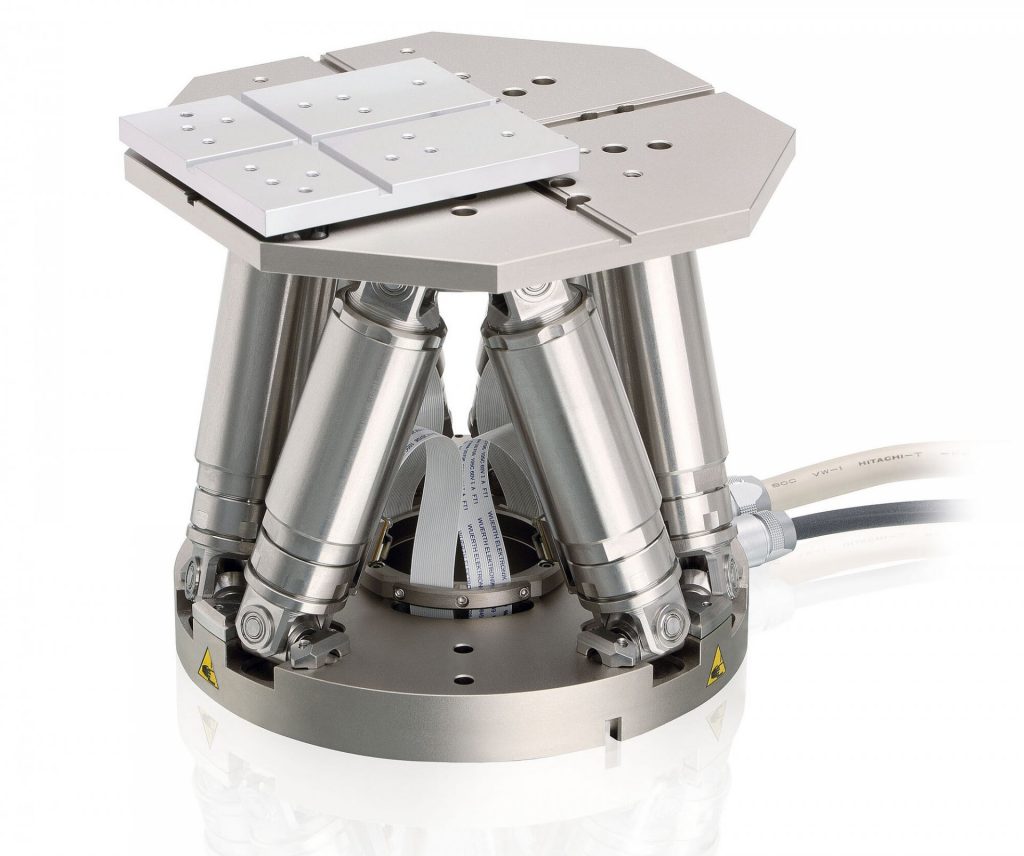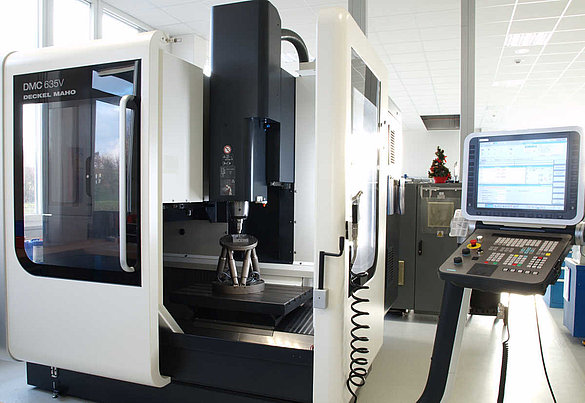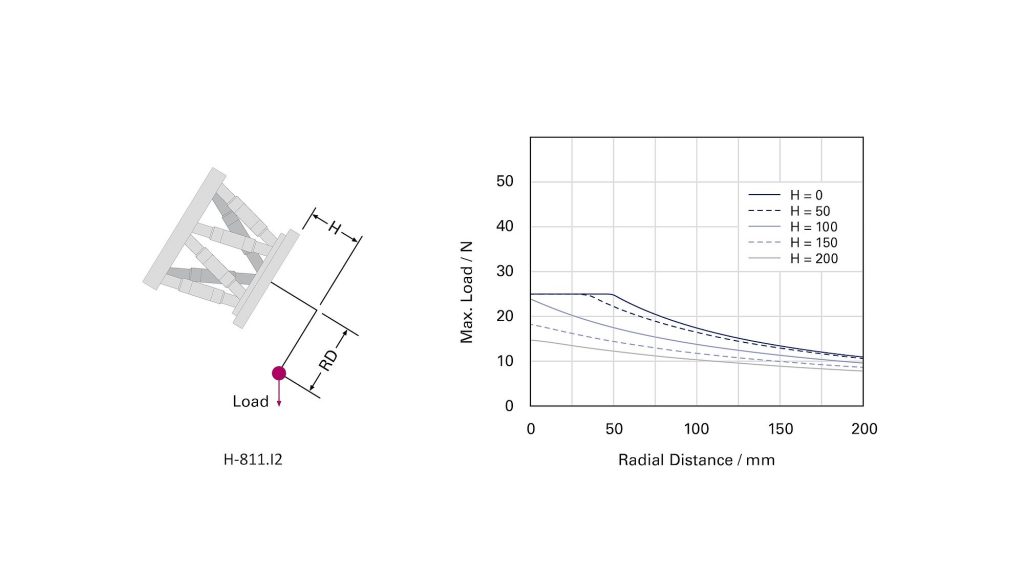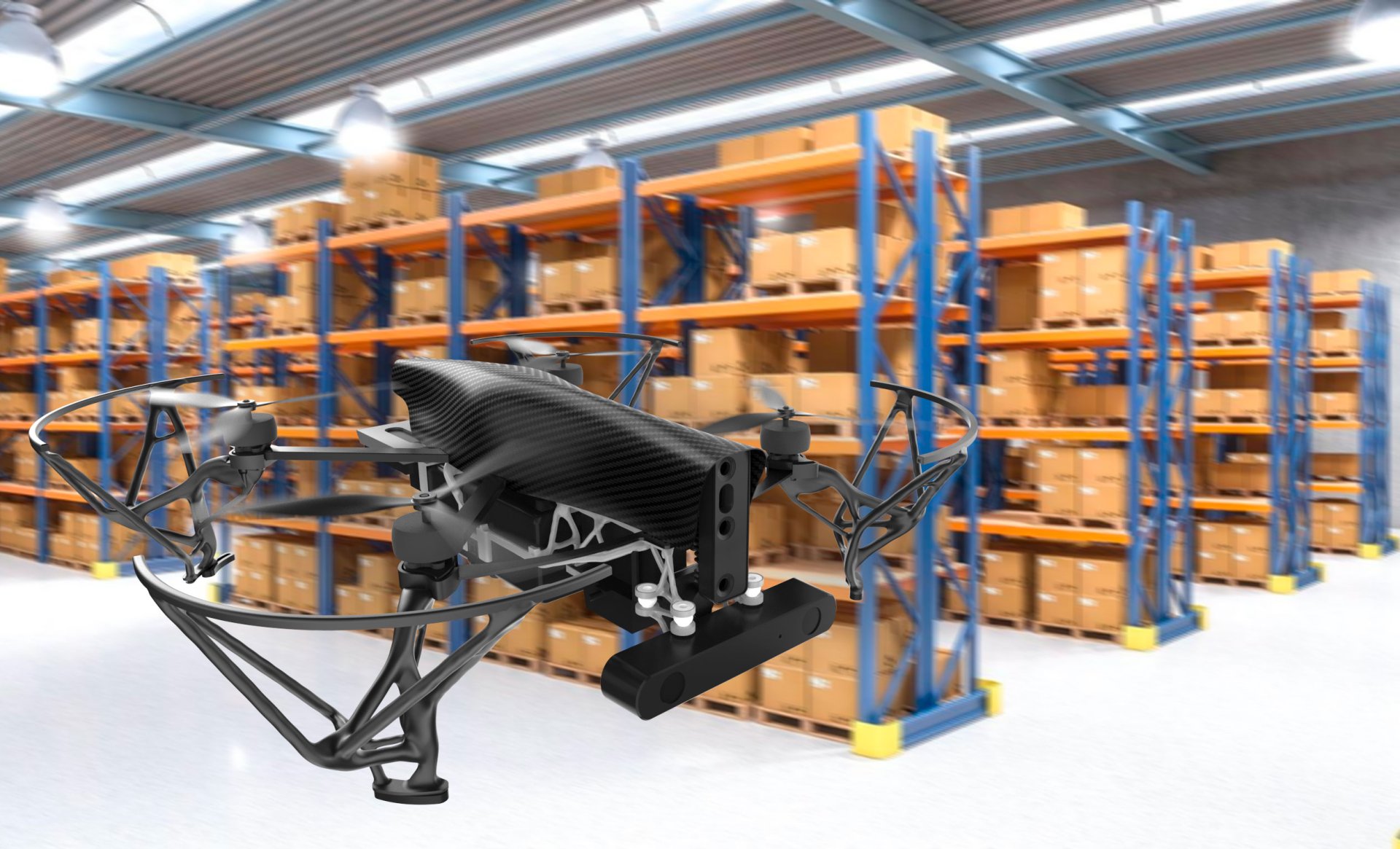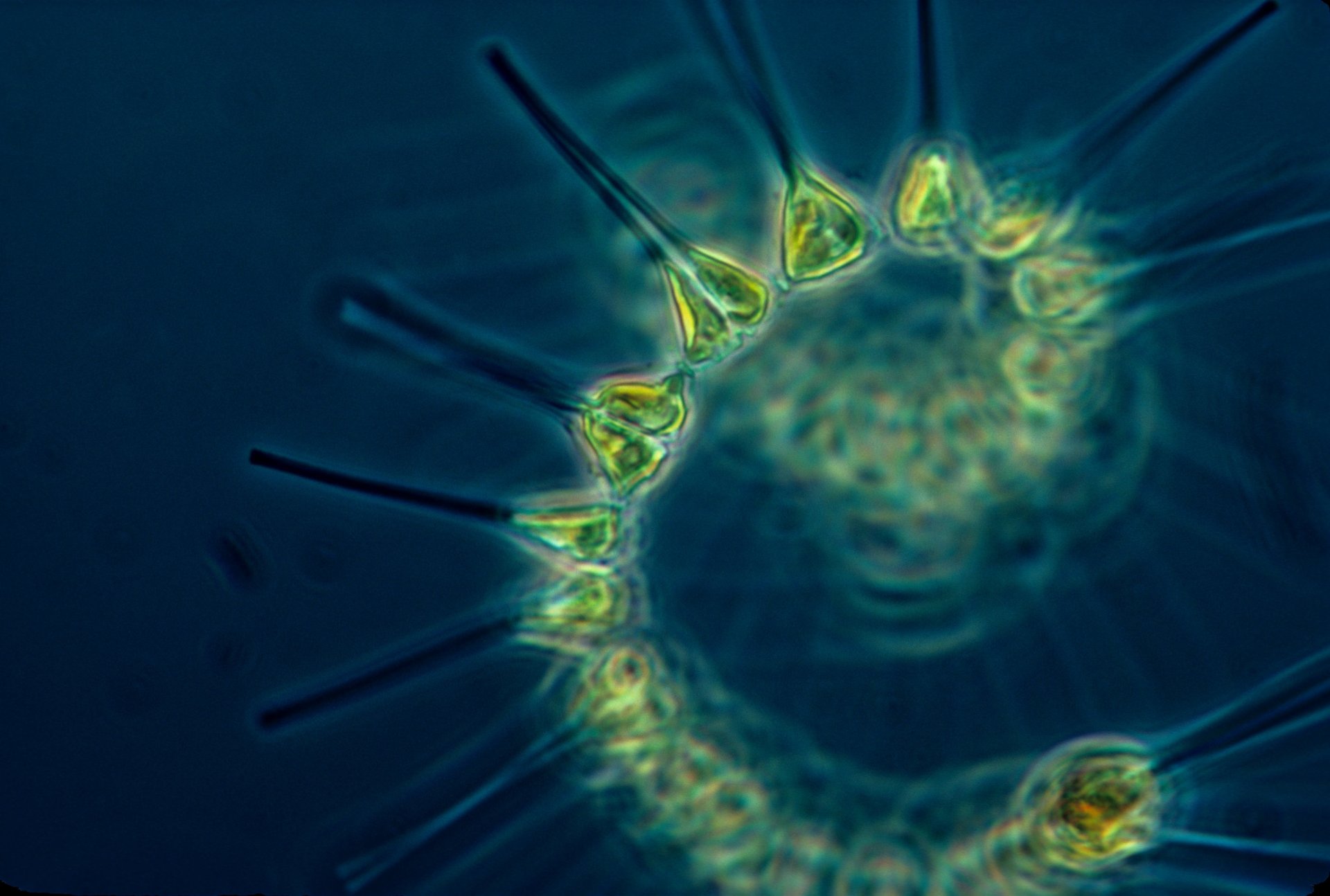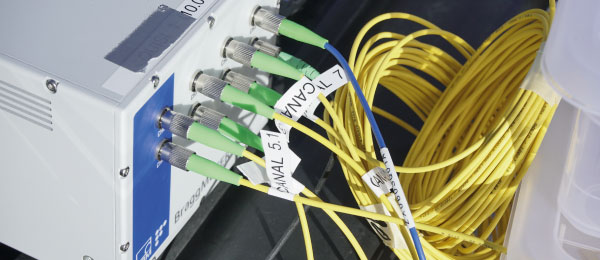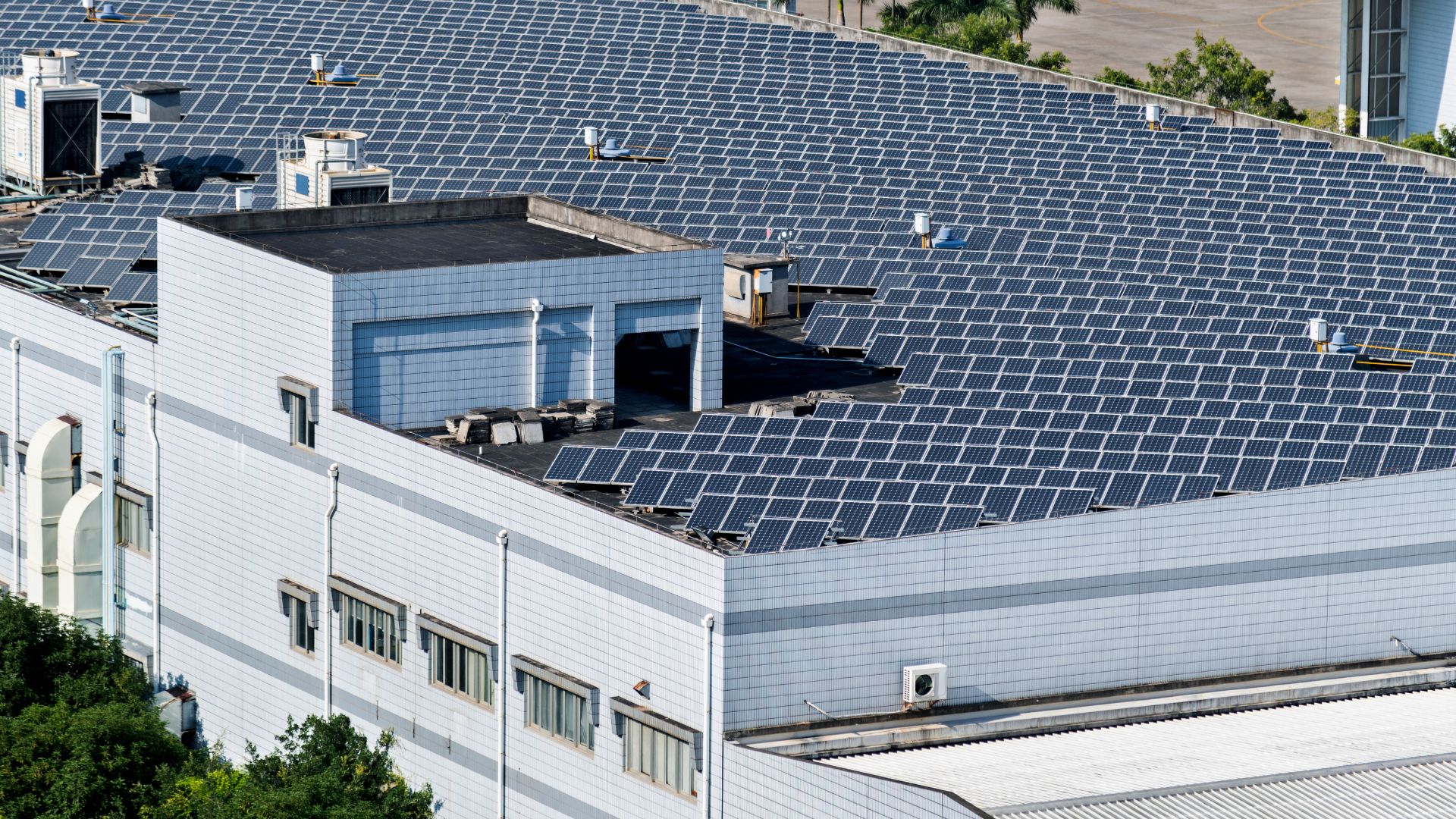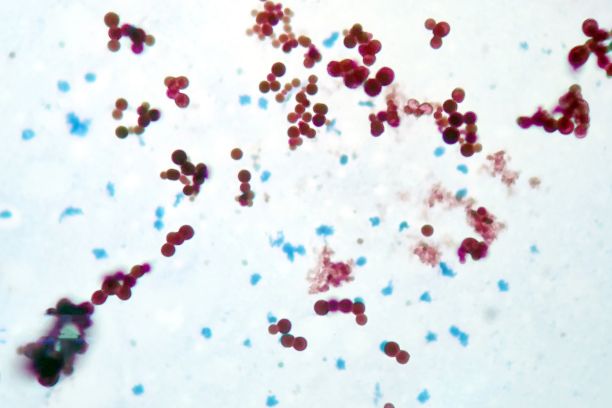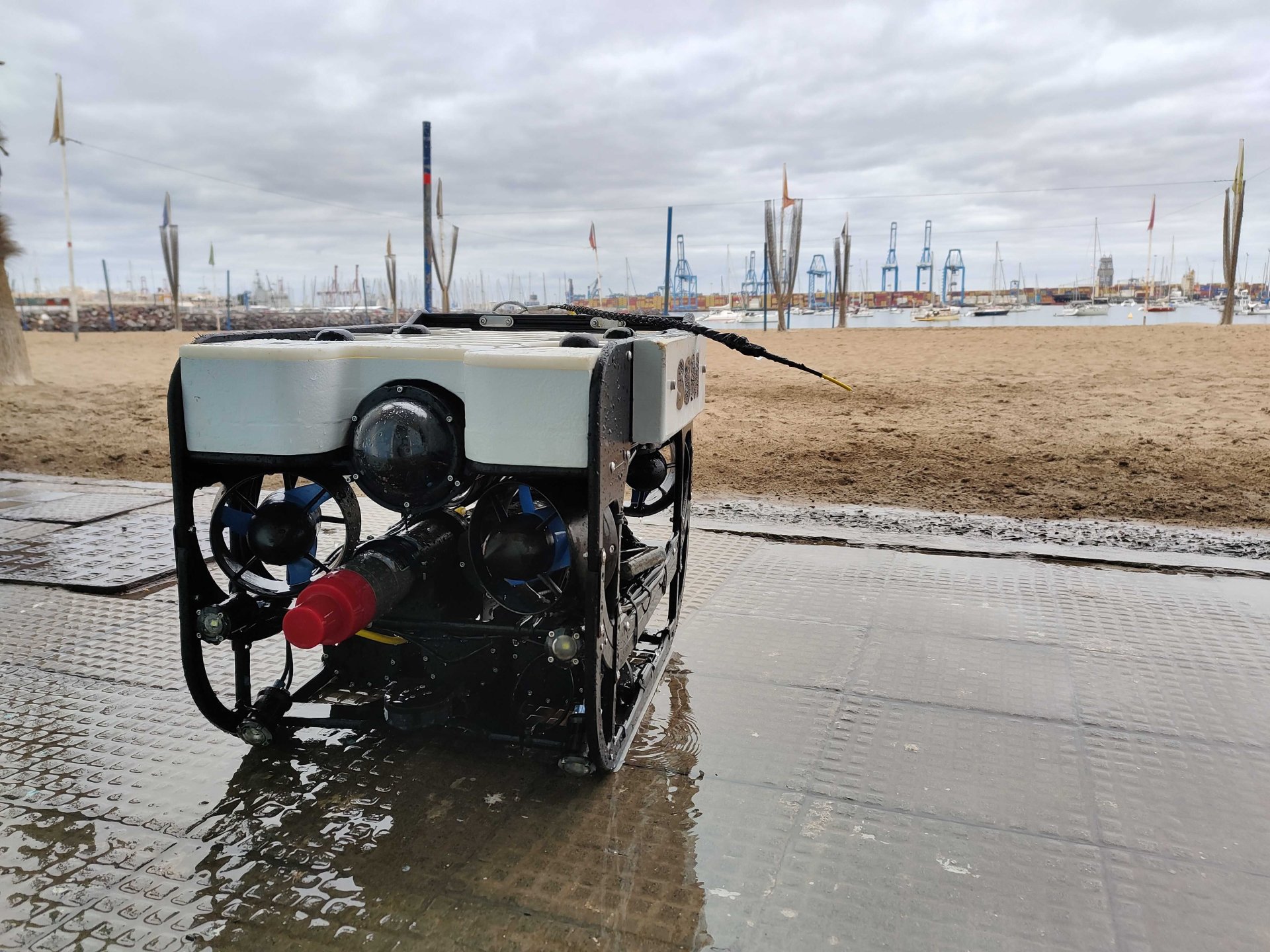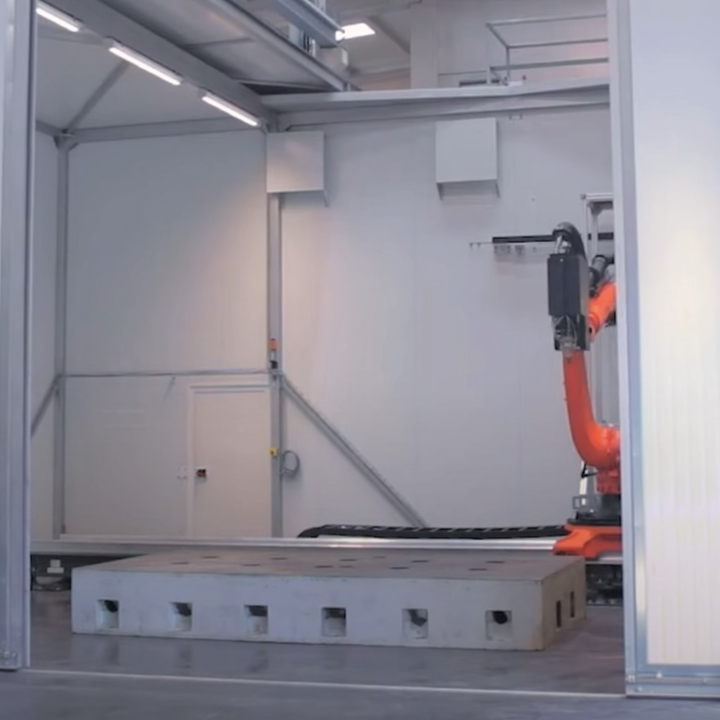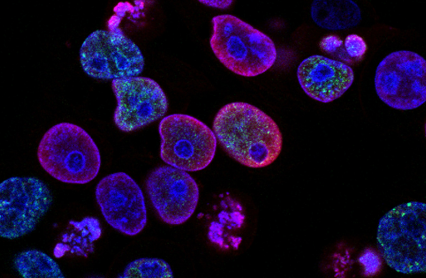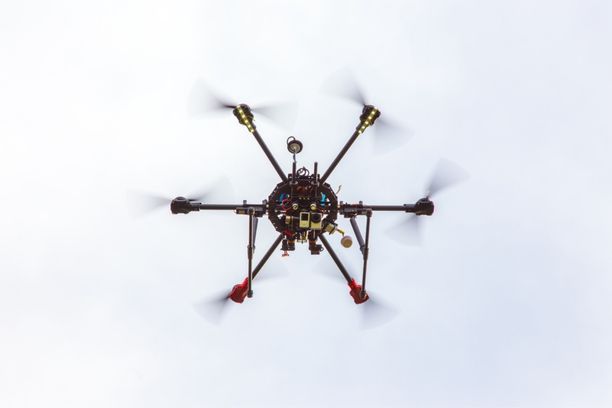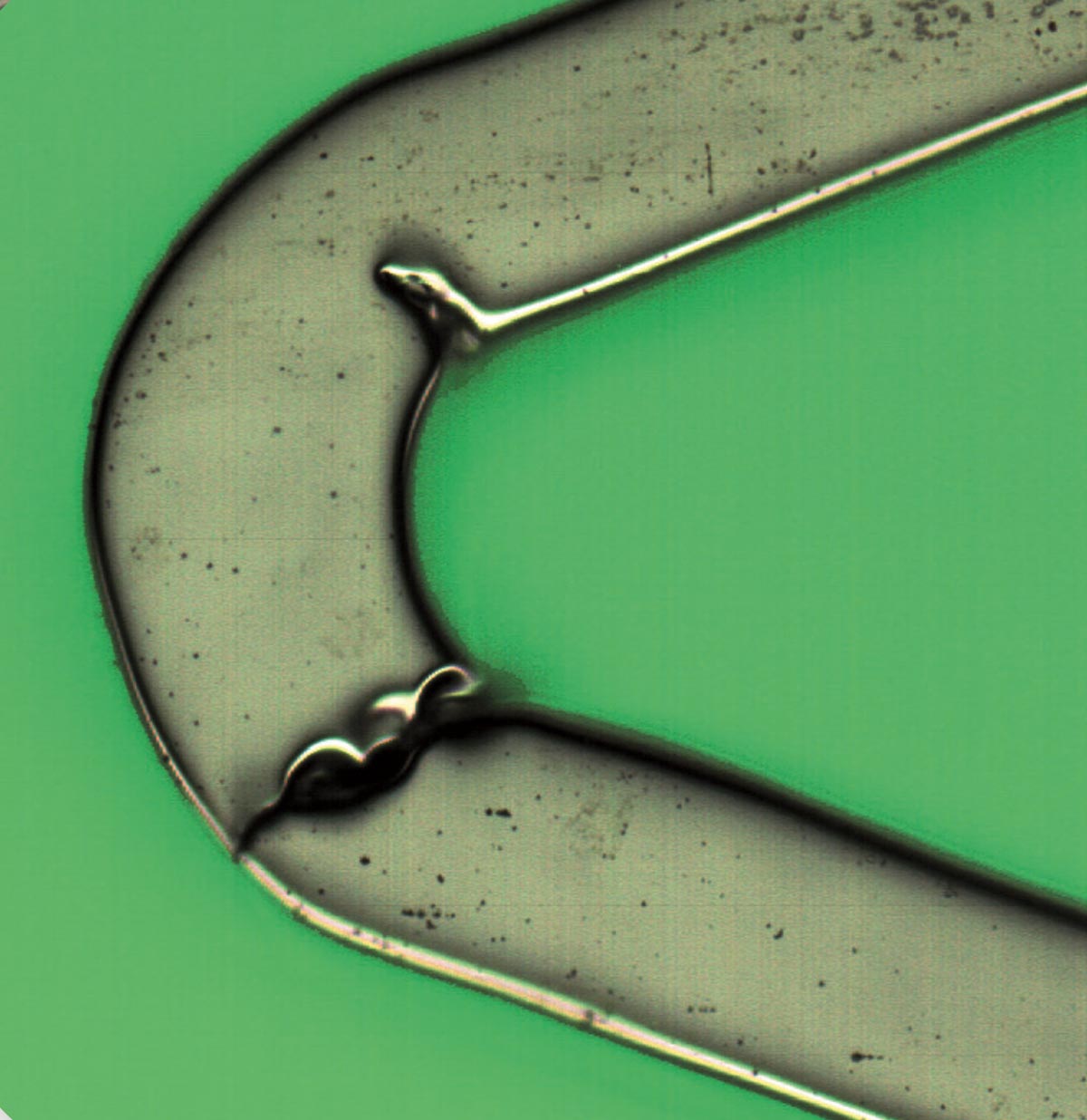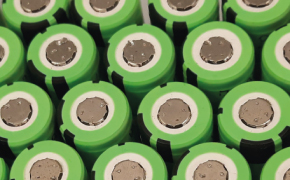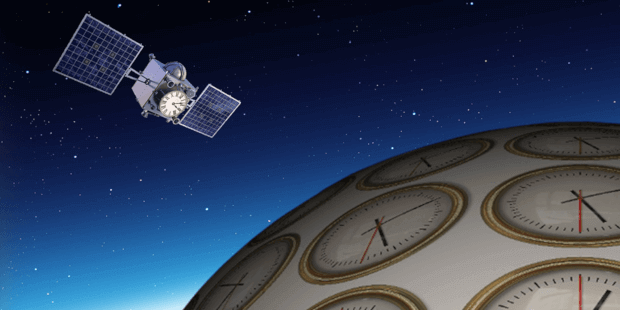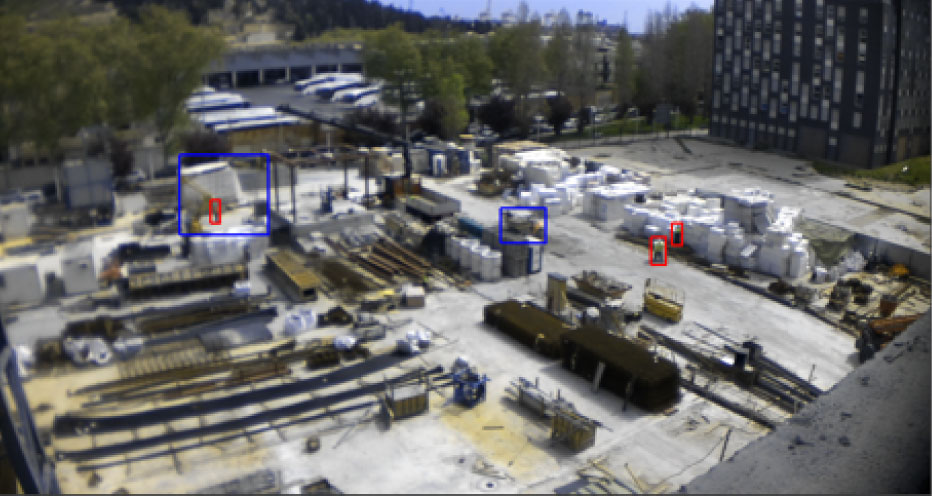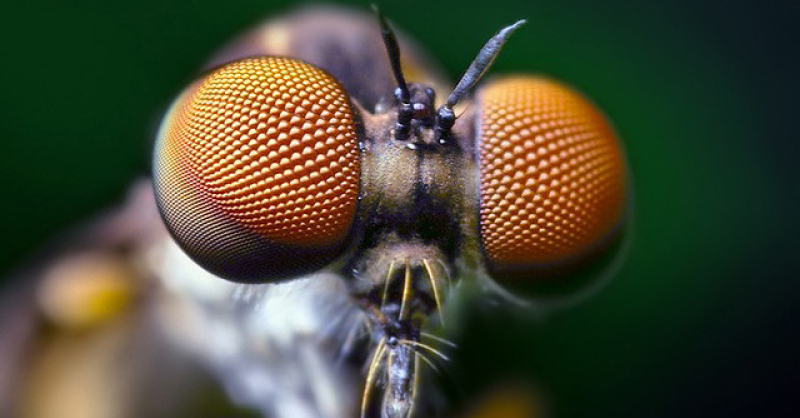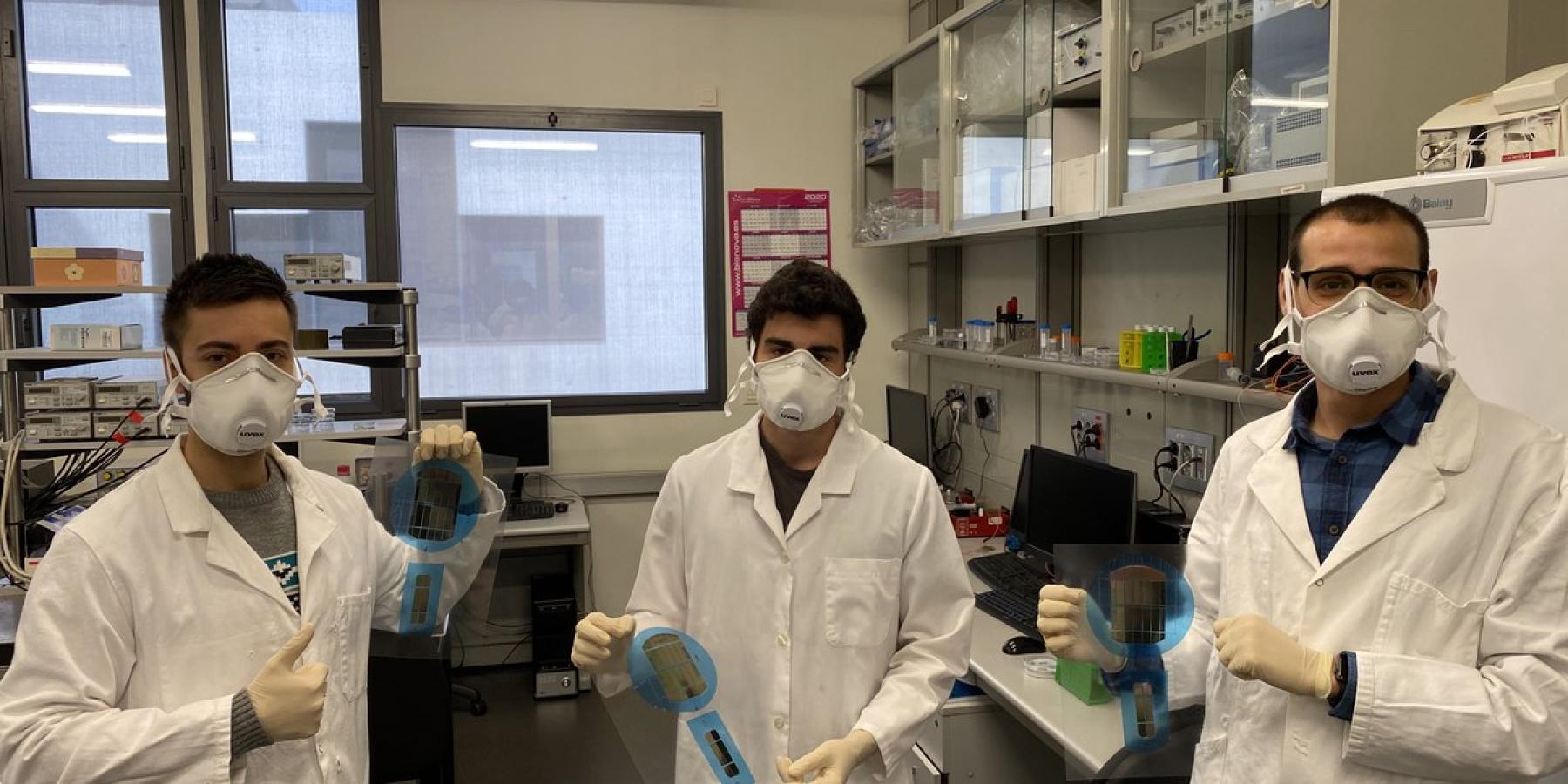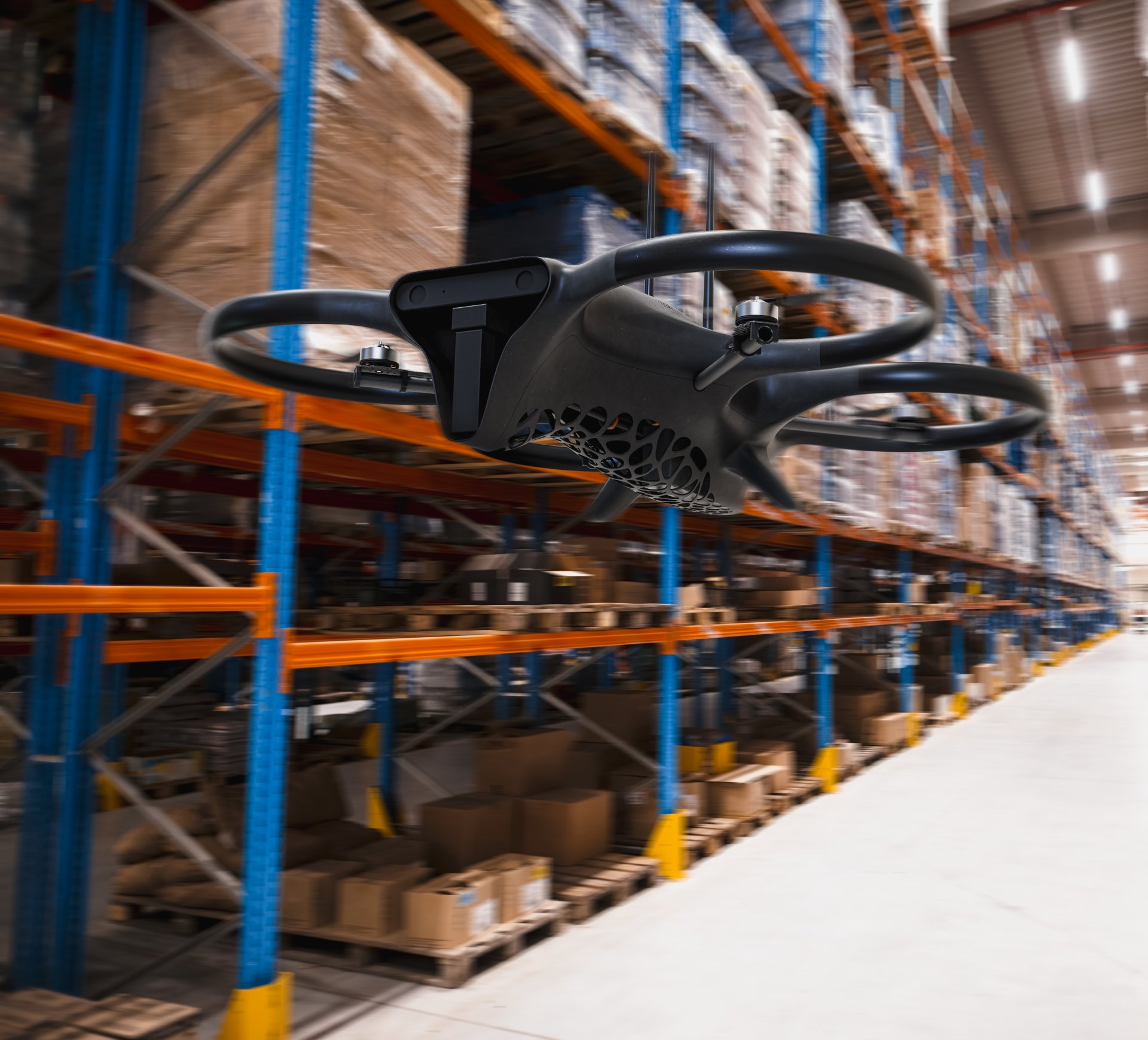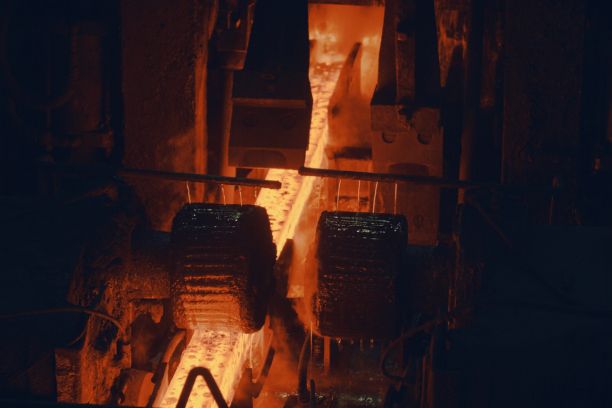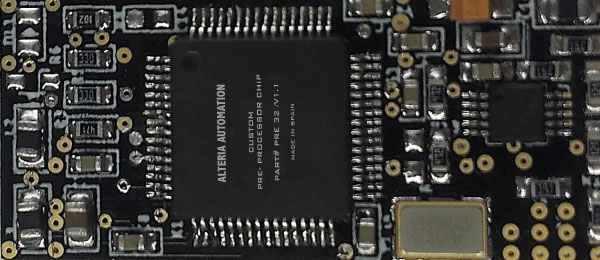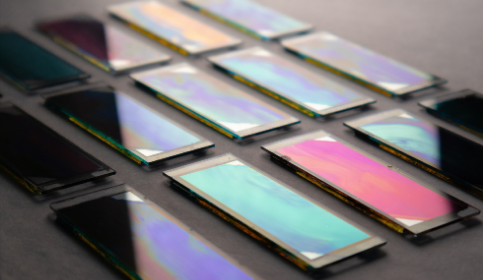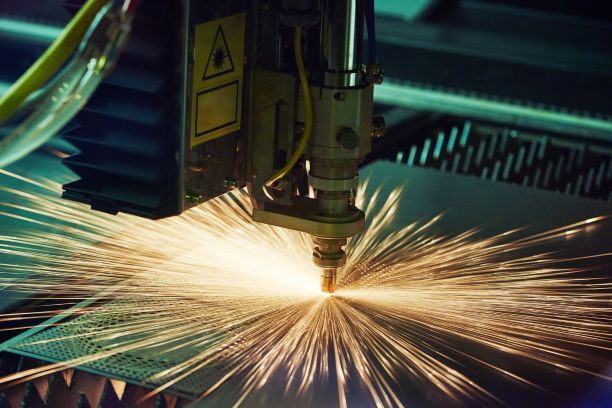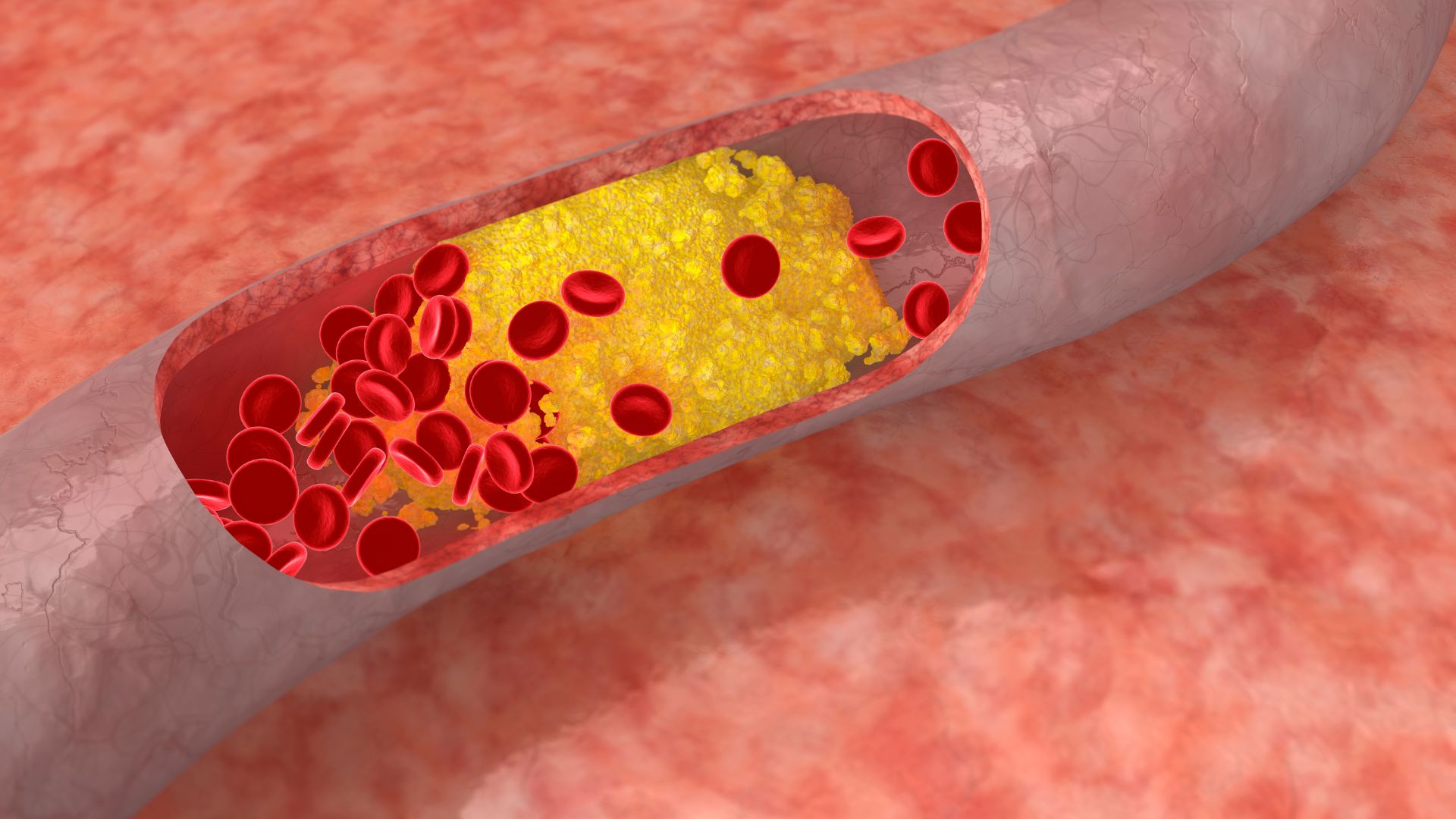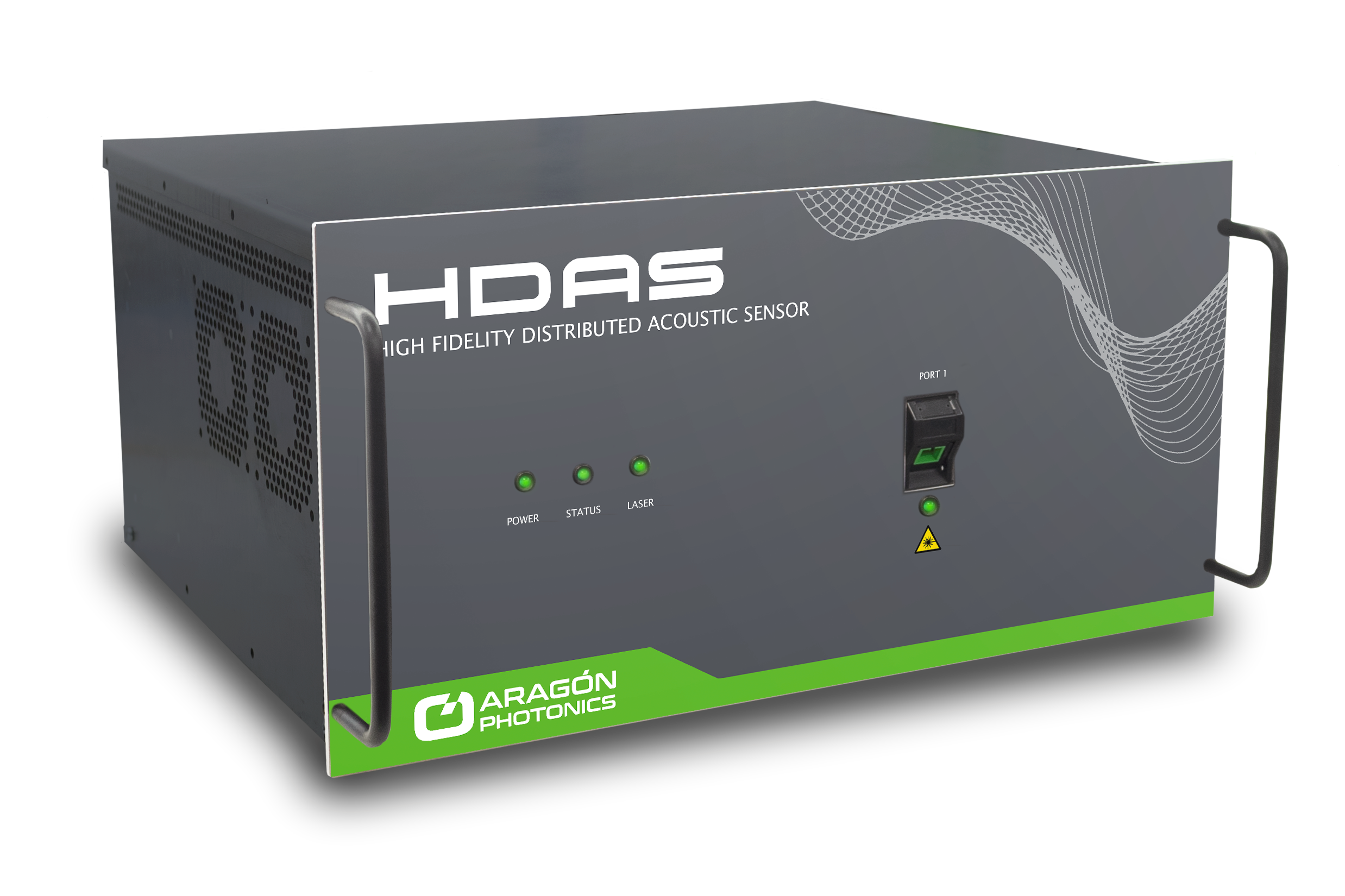Hexapods to align photonic components automatically
The challenge is posed by the ITEAM research team that wants to introduce parallel kinematics to achieve an autonomous system for the alignment of photonic components, both individual optical fibres and integrated circuits with fibre arrays.
At the moment, the ITEAM team has a hexapod and a nanocube, and thanks to them they have been able to align two optical fibres in a very precise way, carrying out the alignment in a semi-automatic way, that is, with a high level of supervision and intervention by the user. They are currently working on ways of programming the system using their own code, with the idea of automating and customising the alignment process as much as possible. This would allow them to save a lot of time when performing experiments and measurements of integrated photonic circuits, where very precise alignment is key, and is often a long and tedious process.
The ITEAM incorporates PIMicos hexapods to align optical fibre or fibre arrays for a photonic chip.
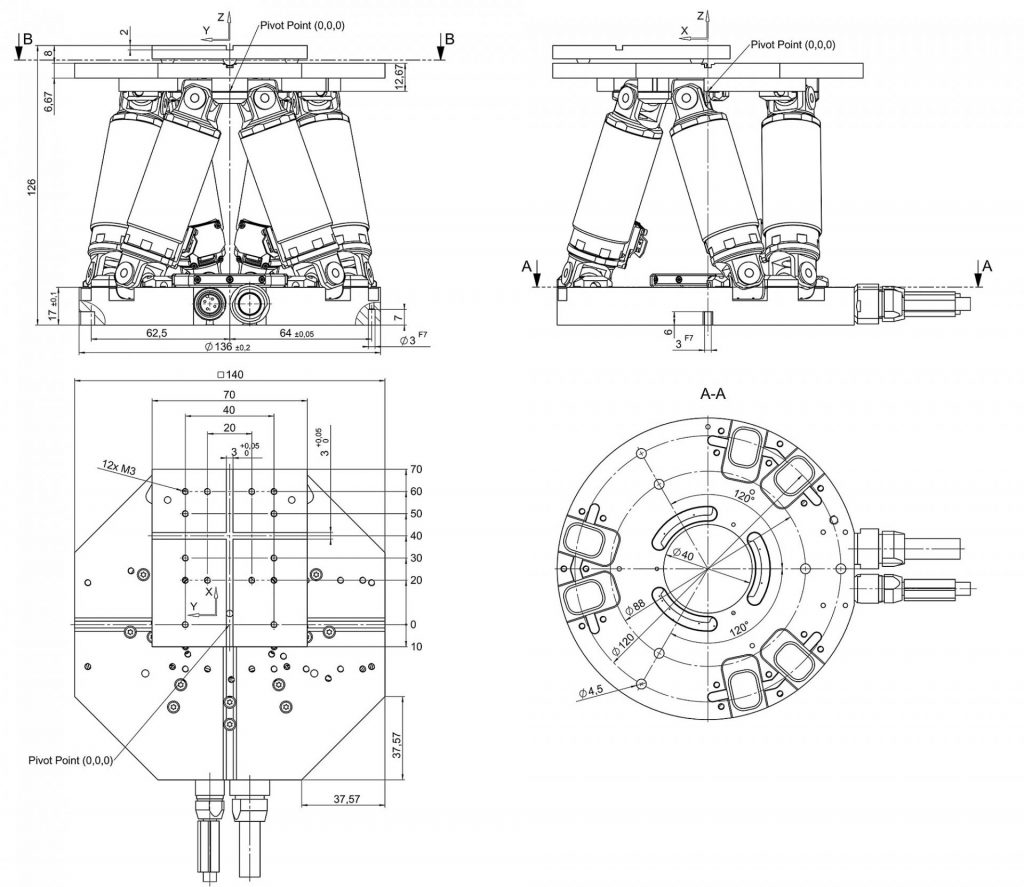
The PIMicos system has the potential to minimise the time spent in the alignment process while achieving a potentially high level of alignment accuracy. This is made possible by the programming capability, which will allow programmes and control routines to be written specifically for the needs of each application.
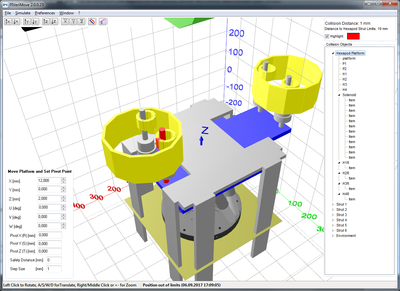
The advantages of using hexapods are high rigidity and repeat accuracy, more compact, free definition of the coordinate system, and the pivot point.
The classic application of hexapods is the secondary mirror alignment of telescopes, but more and more sectors are starting to incorporate them, such as inspection in production. In this case, the main advantage is the high precision and compact dimensions. And because of their high precision and rigidity, they are also commonly seen on the production line of cars and aircraft.



